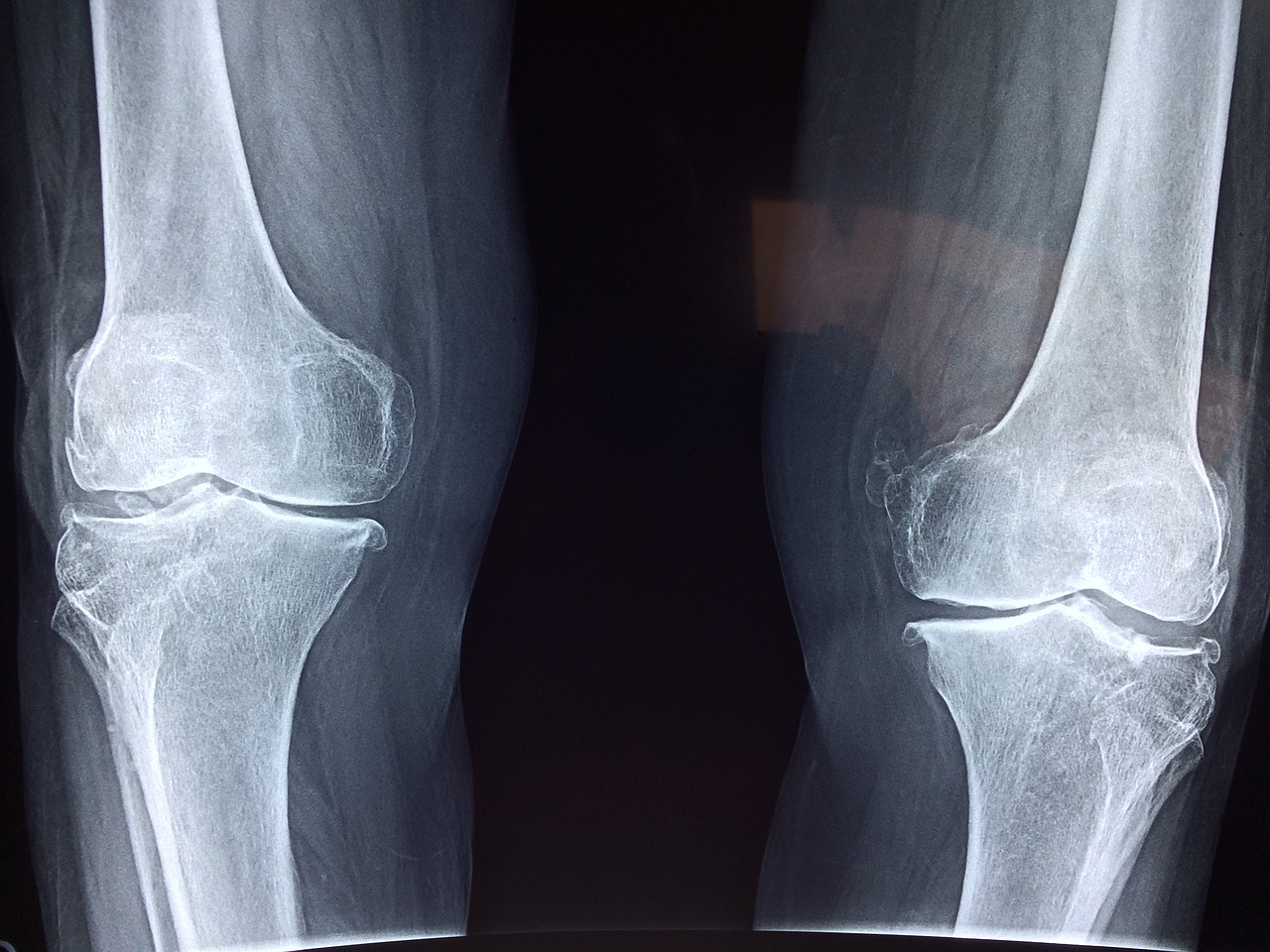Article Title:Relationships between temperature and life history parameters of Muscidifurax raptorellus (Hymenoptera: Pteromalidae)
Abstract:
The effect of temperature on life history parameters of Muscidifurax raptorellus Kogan & Legner was determined and compared with species currently attacking fly pupae in feedlots and dairies in Alberta. Immature developmental times declined from 72 d at 15 degreesC to 13 d at 30 degreesC for females. Male developmental time averaged 96% of female developmental time. Immature survival ranged from 0.23 at 15 degreesC to 0.93 at 25 degreesC, then declined to 0.492 at 33 degreesC. Emerging wasps averaged 0.60 female, with an average of 8.6 and 6-9 progeny produced per parasitized pupa in Musca domestica L. and Stomoxys calcitrans (L.). Female longevity declined from I I to 5 d as temperatures increased from 15-33 degreesC. Time to 50% progeny production followed a similar pattern. Lifetime progeny production increased from 28-37 progeny per female at 15 degreesC to 85-120 at 20-25 degreesC, then declined to 48-50 progeny per female at 33 degreesC. The net reproductive rate increased from 1.8-2.3 females at 15 degreesC to 39-48 females/female at 25 degreesC, then declined to 13-15 females per female at 33 degreesC. Mean gene-ration time declined with temperature. The intrinsic rate of increase increased from 0.007-0.010 females/female/d at 15 degreesC to 0.203-0.206 females/female/d at 30 degreesC, then declined to 0.173-0.186 females/female/d at 33 degreesC. M raptorellus bad lower lifetime progeny production, net reproductive rate, and intrinsic rate of increase at all temperatures compared with Muscidifurax raptor Girault & Sanders. Life history parameters of M. raptorellus compared favorably to those of Muscidifurax zaraptor Kogan and Legner at all but the highest temperatures, and also with those of Trichomalopsis sarcophagae Gahan at all temperatures. It does not appear that there is any climatic barrier to the use of M. raptorellus for inundative, releases for fly control in Alberta.
Keywords: Muscidifurax raptorellus; Musca domestica; Stomoxys calcitrans; temperature; life history; biological control
DOI: 10.1603/0046-225X-30.5.982
Source:ENVIRONMENTAL ENTOMOLOGY
Welcome to correct the error, please contact email: humanisticspider@gmail.com



